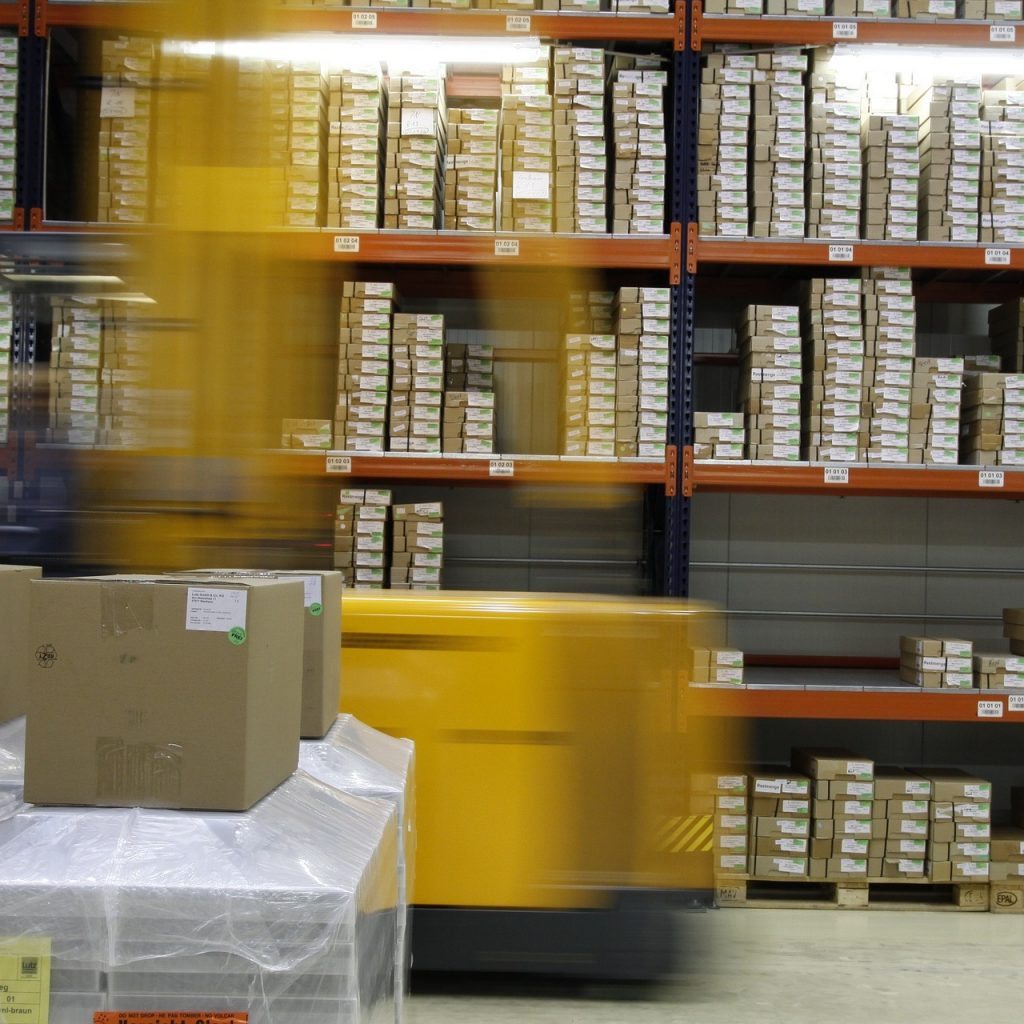Admitted: The similarity of beer, diapers and whip is not obvious at first glance. But the terms describe a central problem in supply chain management, especially in risk management. We solve them.
The terms beer, diapers and whip belong to the so-called “bullwhip effect” – also called whip effect. This refers to the phenomenon that orders from the supplier cause greater fluctuations than sales to the customer. The demand thus deviates from the actual demand. This fluctuates upstream along the supply chain. In other words, the fluctuations increase towards the origin of the supply chain. This effect illustrates the importance of integration, coordination and communication in supply chain management.
The diaper problem
But where does the term come from? It was coined by the company Procter & Gamble in the 1990s. The manufacturer of Pampers diapers assumed that the number of “end users”, in this case babies, would remain constant in the medium term. It is assumed that demand will not fluctuate greatly. But this forecast proved to be a misconception, because the wholesaler to whom P&G supplied orders different quantities again and again. This presented P&G with various problems, such as the planning of capacities and the unwanted build-up of stocks in its own production. The Pampers manufacturer noticed that its suppliers had to struggle with even greater fluctuations. The cause of the problem was that retail orders did not match the babies’ original needs. The term “bullwhip effect” was born.
The phenomenon has already been researched earlier. In the 1950s and 1960s, the MIT (Massachusetts Institute of Technology) in the USA developed the so-called beer game, in which the effect was conveyed in a playful way.
The thing with the beer
In this game the supply chain of beer is simulated. The whip effect starts at the end of the supply chain, which in this example is the beverage retailer. He sells his average number of crates per day and receives a delivery once a week. But in order to be prepared for a higher demand, he orders twice as many crates when placing an order. The wholesaler notices the increased order from the retailer and suspects that this is due to increased customer demand, for example due to good weather. In order to be able to deliver at any time, he therefore also orders higher quantities from the brewery and uses an additional volume discount from the brewery. The brewery has to react to the higher demand and brews more beer, which is not ordered because the actual demand has not increased. The brewery’s warehouse is also filled with beer.
This example shows the main causes of the effect: lack of information and communication.
You will find more whitepapers HERE.
